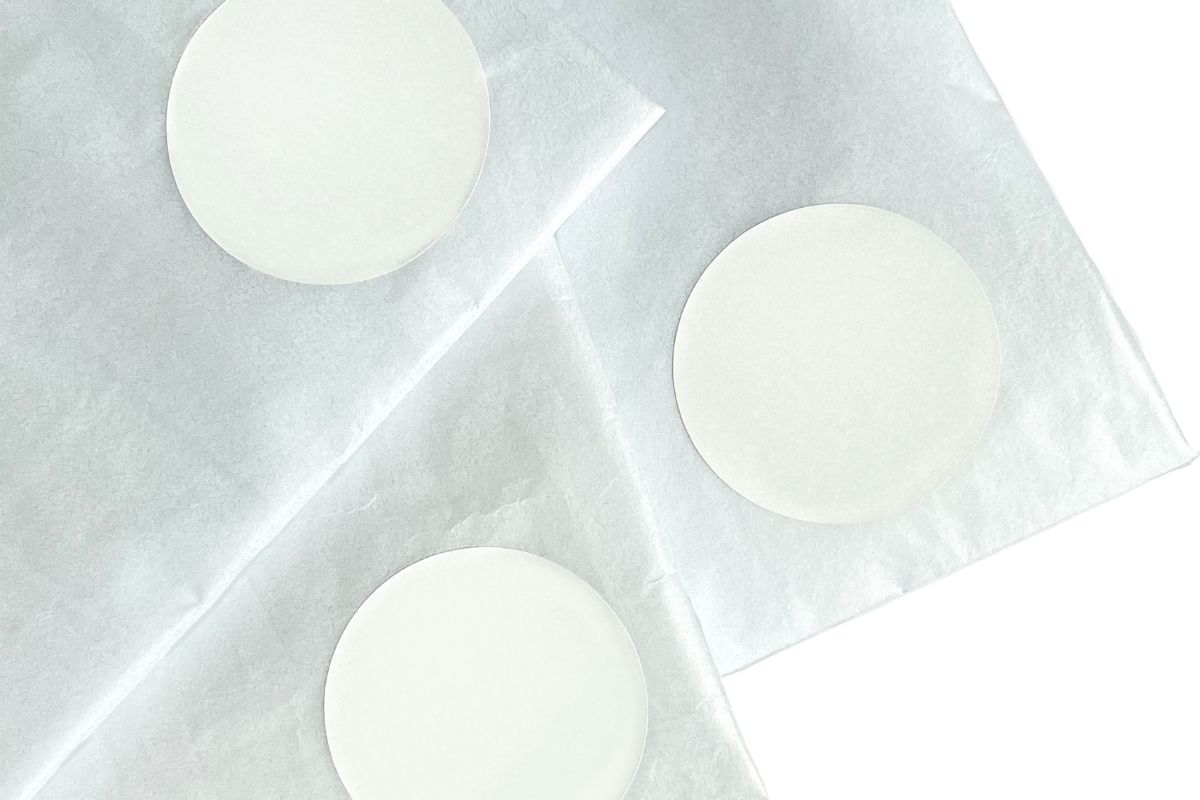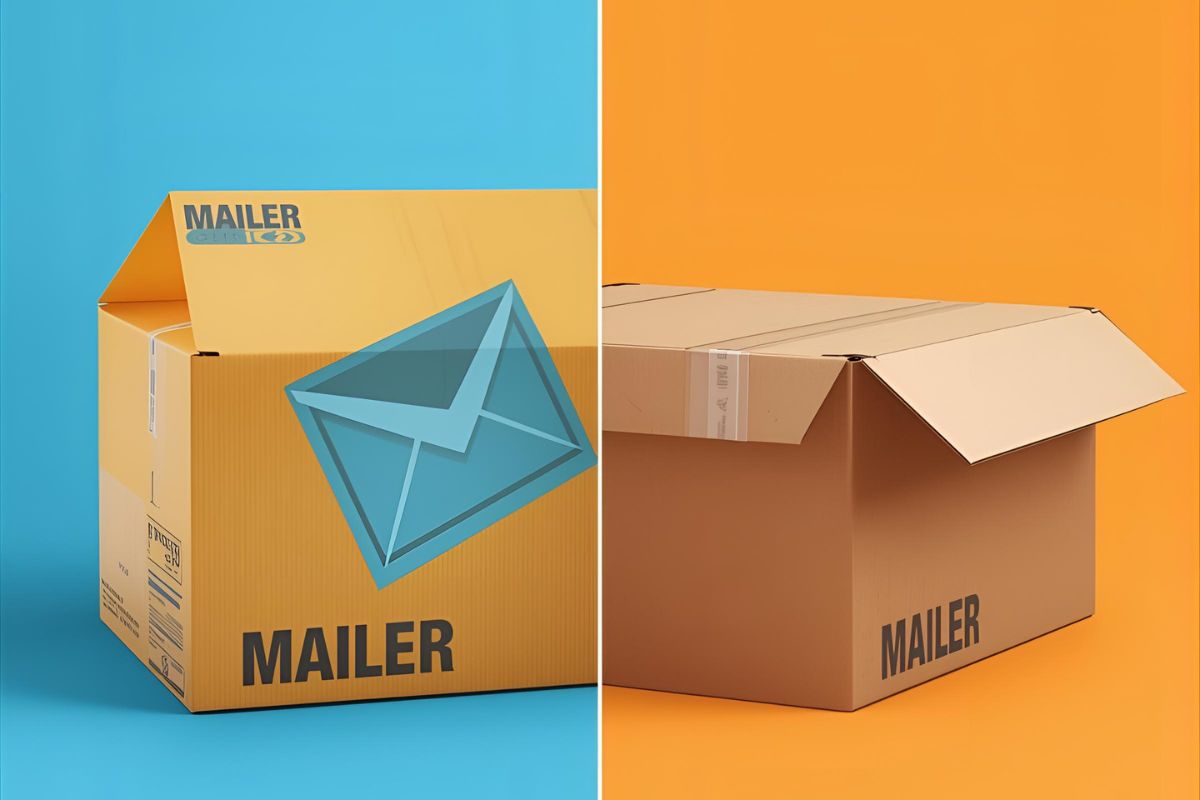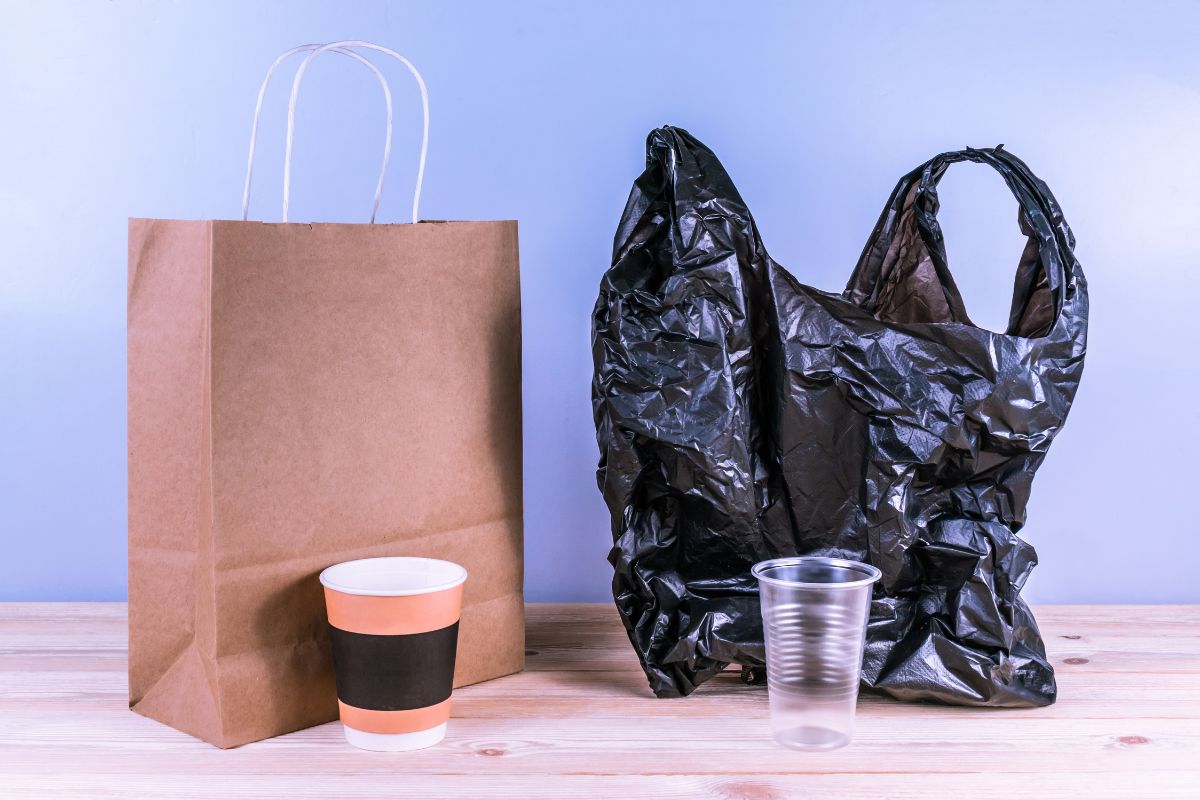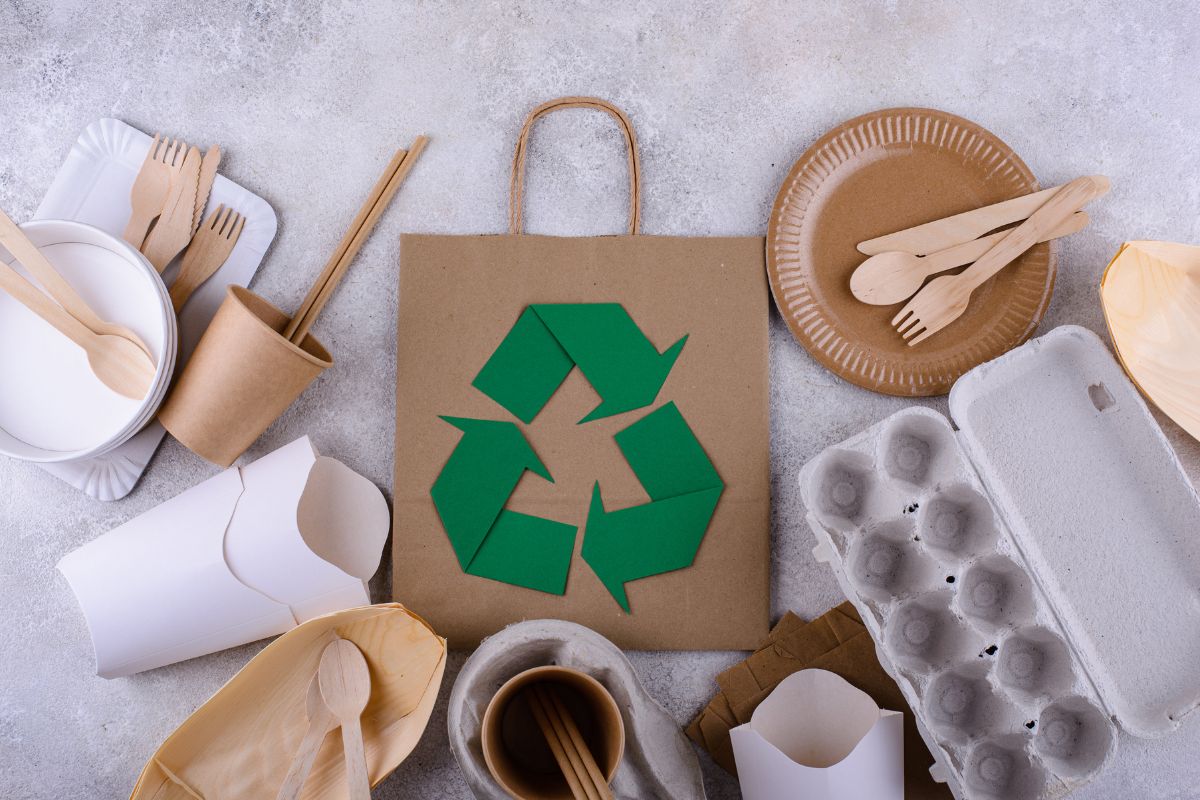You’ve definitely come across glassine without even realizing it—that thin, smooth, slightly glossy paper that is commonly used for bags, envelopes, and food wraps. It resembles wax paper, but it is fundamentally different.
So, what is glassine paper, and what is it made of? It’s a specially treated paper that’s resistant to air, water, and grease — with no need for any coating or plastic. That’s why it’s such a favorite among brands searching for packaging that’s functional and sustainable.
In this article, we’ll dissect what glassine is, why glassine bags are becoming popular, how it’s employed in food, fashion, and art, and what the trade-offs are that you should consider before deciding to use it as your packaging material.
What is Glassine Paper?
Glassine paper is a very smooth, semi-transparent paper made by compressing and polishing pulp until the fibers join to form a dense, low-porosity sheet. Glassine’s glossy finish and helpful features, including grease resistance, moisture resistance (to some extent), low static, and a tidy translucent appearance, are the result of a unique process known as supercalendering. Because it is still paper (with no plastic coatings), glassine is generally recyclable, compostable, and biodegradable, which is why you see it everywhere as brands transition away from single-use plastics.
How Glassine is Made?
Imagine plain paper being given an over-the-top makeover: pulp is shaped into sheets, dried, and then run repeatedly through hot, high-pressure rollers (the supercalender) that straighten and densify the fibers. That compressing and buffing closes the spaces between fibers, producing the sleek, “toothless” finish glassine is famous for. No plastic coating is applied — the miracle is in the mechanical treatment.
Why Brands Use Glassine Bags and Glassine Packaging
Here are the reasons you’ll see glassine bags in so many places:
- Protective: Glassine is resistant to grease and light moisture, making it ideal for baked foods, confections, and covering sensitive clothing in shipment.
- Aesthetic: Its clear, satin appearance provides products with a high-end unboxing experience — customers can glance through without exposing it.
- Archival & safe: Acid-free glassine grades make it a favorite for artwork, photographs, and documents. Museums and collectors use it to interleave prints since it doesn’t scratch or shed fibers.
- Plastic-free: Brands looking to ditch poly bags often switch to glassine packaging as a curbside-recyclable alternative for inner packaging.
- Anti-static: Convenient for electronics or metal components where static would be an issue.
In brief: Thin, shiny paper packets of glassine paper that are used to encase, display, and carry things with reduced use of plastic.
Real Use Cases
- Bakery & confectionery: individual pastries, cookie wraps, candy windows.
- Fashion & retail: inner bags for shirts, scarves, or accessories that need light protection.
- E-commerce: brandable inner packs that look great on arrival and avoid single-use poly.
- Archival & art: interleaving prints, protecting drawings and photographs.
- Industrial: interleaving metal parts to prevent surface oxidation.
Glassine vs. Other Papers and Plastics: Quick Comparison
- Glassine vs. wax paper: Wax paper is coated (wax or soy paraffin) and is not usually recyclable; glassine is not coated and can usually be recycled.
- Glassine vs. parchment: Parchment is treated (usually with silicone) to be heat-resistant — not the same as glassine and not necessarily recyclable.
- Glassine vs. cellophane/LDPE: Plastic films may have a lower carbon footprint for certain logistics scenarios and can provide actual waterproofing; glassine excels in curbside recyclability and compostability, but is not water-resistant.
The environmental trade-offs (be honest)
Glassine is highly lauded for being paper-based and plastic-free, but it’s not an environmental solution panacea:
- Pros: recyclable, compostable, biodegradable, no plastic additives, ideal for plastic replacement in many inner packaging applications.
- Cons: Glassine is usually produced from virgin fibers due to the fact that the fiber length and purity are significant for its processing; this can increase the carbon and water footprint compared to some recycled papers or very thin plastic films. Also, it’s not totally waterproof — so in the case of wet-heavy or porous products, it may not be a good fit.
A sensible approach: use glassine packaging where it is necessary (inner wraps provide extra security and protection, bakery applications, archives), and use recycled or less-impactful structural packaging where necessary.
Design & printing tips for glassine bags
If you’re planning to brand with glassine, here are practical tips that save headaches:
- Choose the right GSM: lighter sheets (thin) for delicate items and thicker glassine for more protection.
- Printing: flexo or gravure printing is suitable, but ink options must be compatible with porous/smooth surface — test proofs are necessary.
- Window effects: the natural translucency lets you create elegant product previews without added plastic windows.
- Backings & closures: think of gussets, adhesive strips, or tuck-tops for retail convenience. For heavy products, combine with a heavier-duty outer box.
- Certifications: Request FSC or comparable sourcing certificates if you would prefer to exclude virgin-forest risk.
Buying checklist for brands
When you spec glassine bags or glassine packaging, add this to your procurement list:
- Paper weight (gsm) and opacity/translucency level
- Confirm recyclable & compostable claims, plus local curbside acceptance
- FSC or equivalent chain-of-custody if avoiding virgin-forest risk matters
- Print method & color profile — request a physical sample proof
- MOQ, lead time, and available finishes (adhesive, perforation, gusseting)
The Future of Glassine
Industry statistics indicate the glassine industry will expand from USD 2.61 billion in 2025 to USD 3.86 billion by 2035 at a 4.0% CAGR, led mainly by food packaging and online retail usage. Production innovations are also solving some of the green concerns, as producers continue to develop processes that use less energy and water.
A number of leading brands have already converted – from specialty bakeries to global fashion companies – and consumer feedback has been outstanding.
Should You Make the Switch?
Glassine packaging might be perfect for your specific needs. Consider it if:
- Your customers value sustainability and are willing to pay slightly more
- You’re packaging lightweight items (under 3 pounds)
- Grease or moisture resistance is important
- You want to differentiate your brand with premium packaging
- Your local regulations are tightening around single-use plastics
The transition to glassine bags is a declaration of your brand’s values and dedication to the environment. And in an industry where 66% of shoppers take sustainability into account when deciding what to buy, that declaration could be worth its weight in… well, paper.
Partner with Elements Branding Solutions for Smarter Packaging
Glassine is a great option when you need packaging that’s plastic-free, protective, and aesthetically pleasing. From food wraps to the protection of clothing and archival storage, it provides a combination of function and presentation. Nevertheless, it’s worth considering its limitations and ensuring it meets your product’s requirements before committing.
If you’re thinking of glassine bags or packaging for your next product launch, the smartest move is to begin with a small test. Place sample orders, test a few units, and observe how they fare in actual shipping situations. First-hand trials provide you with confidence that you know glassine is the best for your brand.
At Elements Branding Solutions, we are prepared to walk with you through it all. Our staff offers advice, samples, and customized packaging solutions in trims, labels, polybags, and accessories. Having offices all around the world in Asia and North America, we are accessible to your business wherever you are. Reach out to us today and discuss sustainable packaging that guards your products while growing your brand.
FAQs
1. What is glassine paper?
Glassine paper is a smooth, translucent, supercalendered paper that is grease- and light moisture-resistant, and is widely used for protective and retail packaging purposes.
2. What are glassine bags used for?
Glassine bags are applied for food (bakery, candy), apparel inner-packaging, archival protection, and presentation, where translucency and grease resistance are advantageous.
3. Is glassine packaging recyclable?
Yes. Since glassine is plastic-coating-free paper, it is typically curbside recyclable and compostable where local facilities accept paper packaging. Always check local recycling regulations.
4. Can glassine hold liquids?
No. Glassine is grease- and light-moisture-resistant but not waterproof. Do not use it for liquids or very wet products.
5. Is glassine better than plastic?
It depends. Glassine takes the win for recyclability and compostability and has a premium appearance. Plastic can be more durable, waterproof, and sometimes lower-carbon for applications. Select based on product requirements and end-of-life aspirations.




